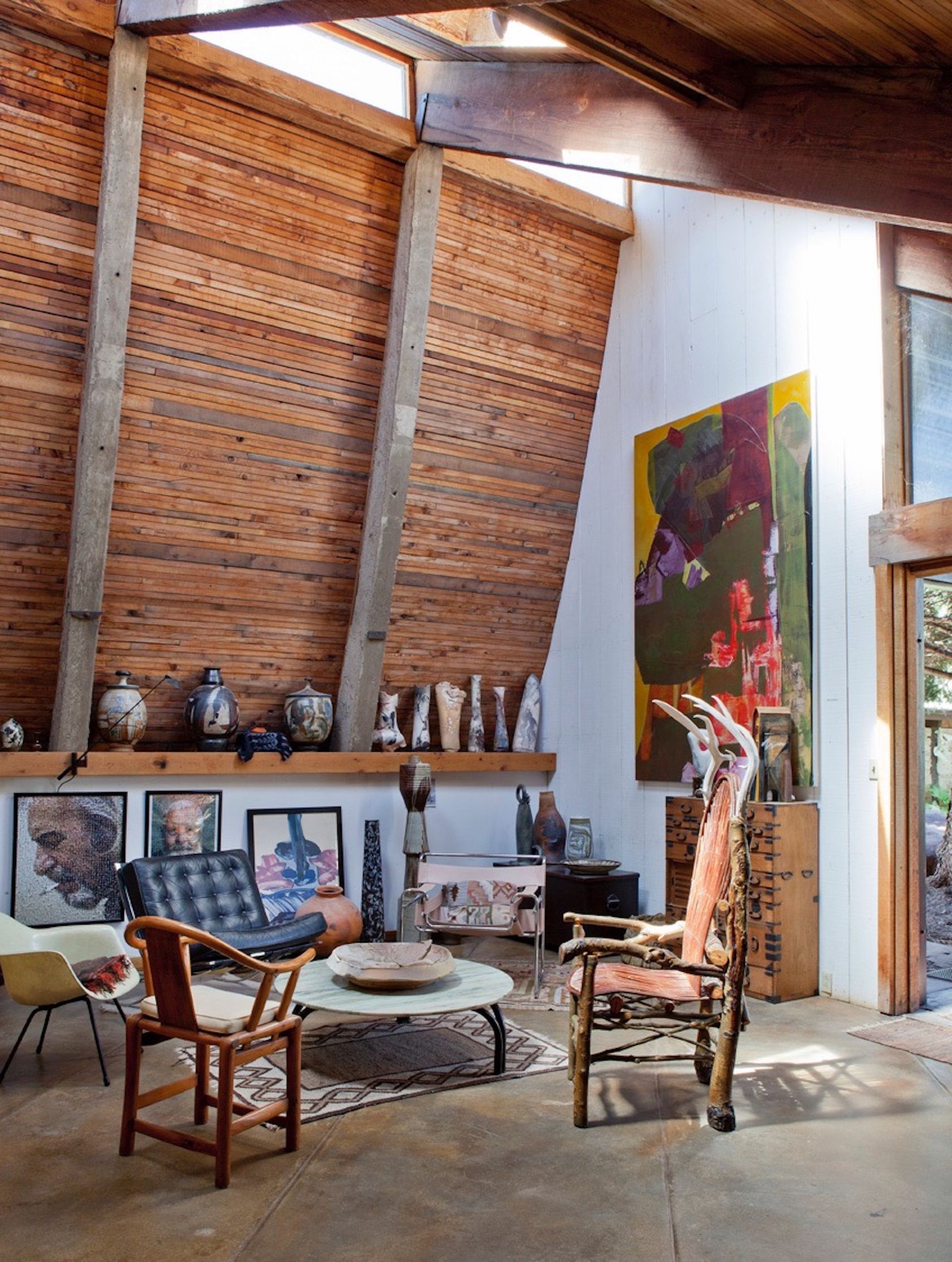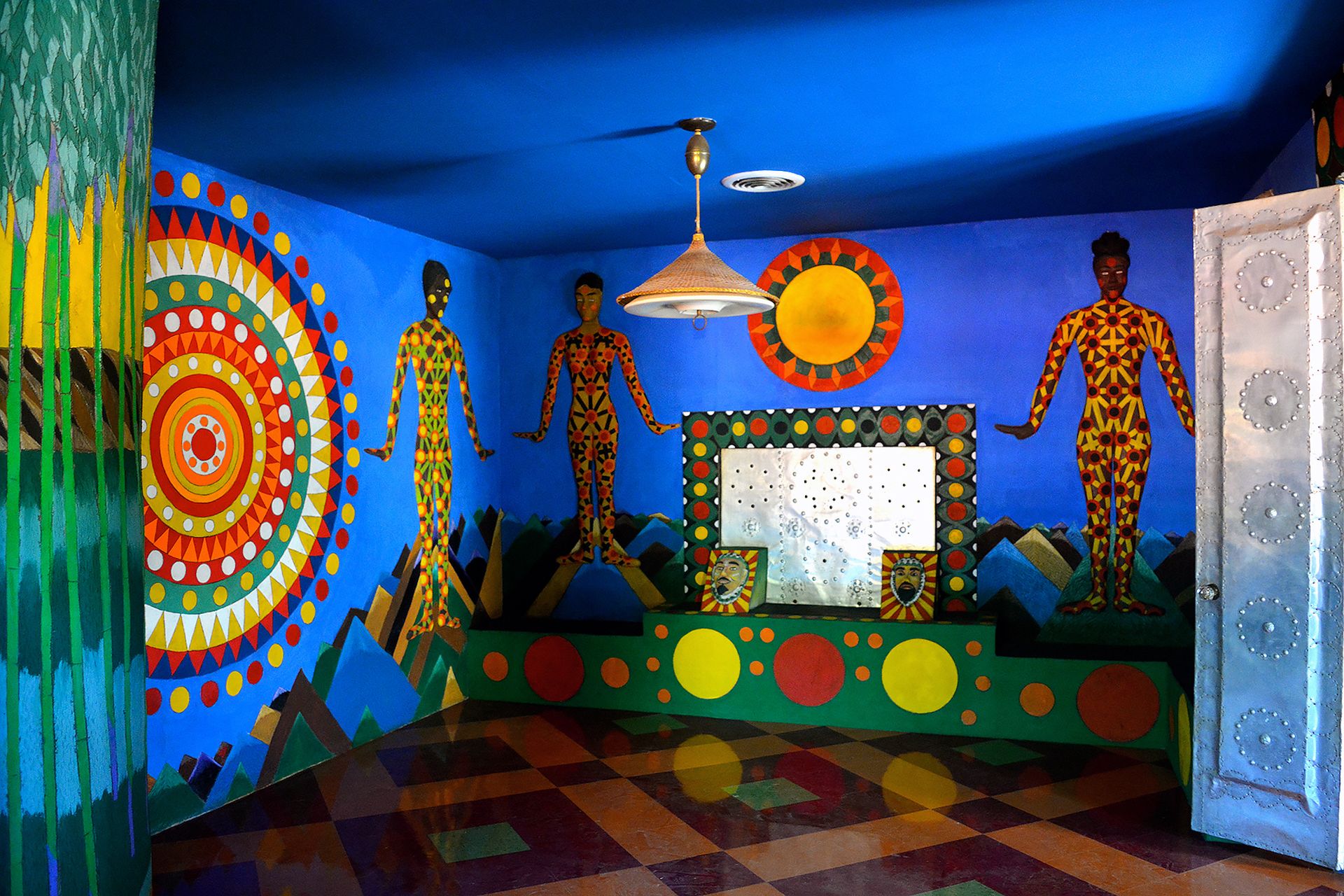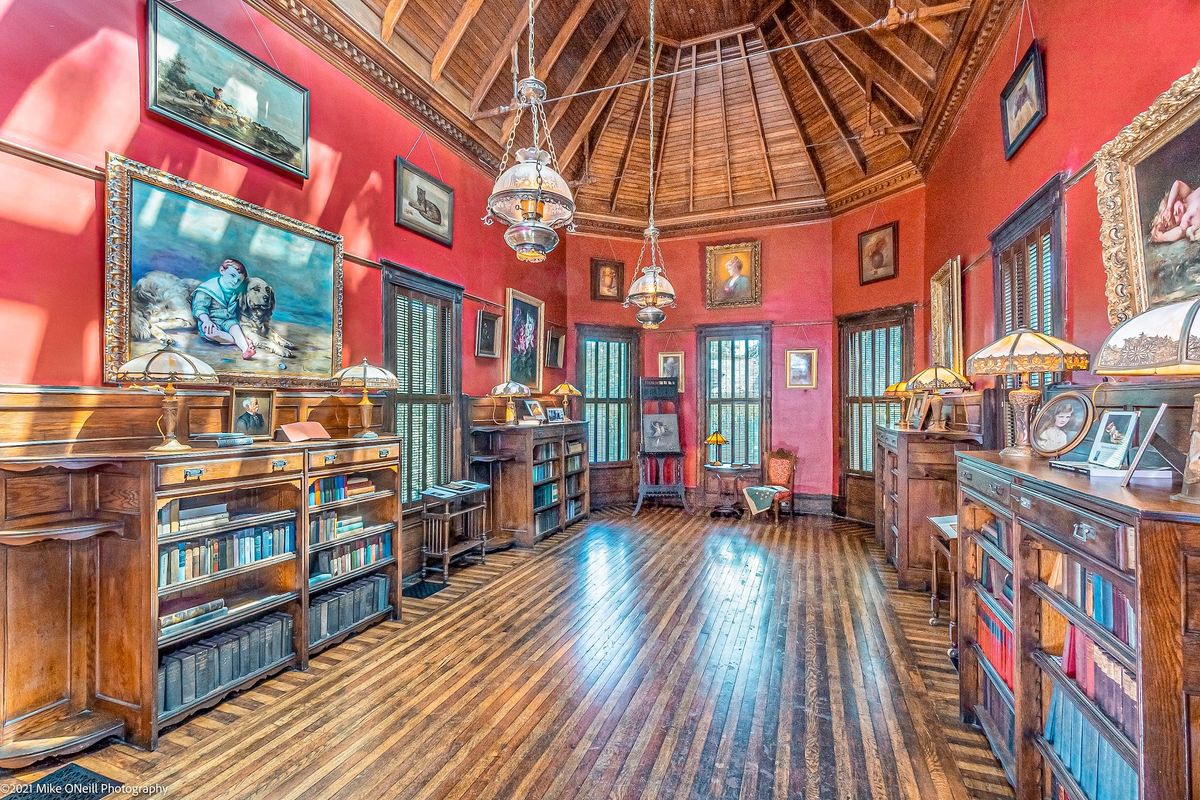The 19th-century artist Adelia Armstrong Lutz was recognised in her lifetime not only for being one of the pillars of the art community in Knoxville, Tennessee, but also for the refined portrait and still life paintings she executed in the light-filled, cathedral-like studio at Westwood, her home in the city. That site, along with six other artists’ studios and environments across the US, has just been added to the National Trust for Historic Preservation’s Historic Artists’ Homes and Studios (HAHS) programme.
The newly listed HAHS sites reflect a concerted effort to recognise and preserve sites associated with historically underrepresented groups including women artists like Lutz and Ginny Soldner (who, with her husband Paul Soldner, designed and built their home and studio compound in Aspen, Colorado), Black artists such as Noah Purifoy (whose famed outdoor sculpture park in Joshua Tree has become a popular site of artistic pilgrimage) and James Washington, and LGBTQ+ artists like Eddie Owens Martin (or St. EOM), who created the dazzling artistic environment Pasaquan in Buena Vista, Georgia.

Soldner A-frame living room featuring Paul Soldner’s
ceramics and one of Ginny Soldner’s large paintings at the Soldner Center
for the Arts and Innovation in Aspen, Colorado Photo by Laura Hull Photography, Courtesy Stephanie Soldner
The sites added to the HAHS programme also include beloved illustrator Norman Rockwell’s studio in Stockbridge, Massachusetts and artist and gardener Robert Dash’s home, studio and garden complex Madoo on the eastern end of New York’s Long Island. Alejandro Saralegui, the executive director of the Madoo Conservancy, noted the importance of this type of support for a site located in a rapidly changing area. “Madoo represents a way of life in the Hamptons that is quickly disappearing and deserves to be better known,” he said in a statement.
The two self-taught artist environments in the group—Purifoy’s sprawling Outdoor Desert Art Museum of Assemblage Sculpture and Martin’s chromatic Pasaquan campus—will receive additional support thanks to a donation by the Kohler Foundation, which will cover their membership dues. The Kohler Foundation is a major supporter of the preservation of self-taught artists’ environments.

The kitchen at Pasaquan in Buena Vista, Georgia, featuring
Pasaquoyans in Power Suits Levitating by Eddie Owens Martin (St.
EOM) Courtesy Columbus State University
Michael McFalls, the director of Pasaquan and an art professor at Columbus State University, which operates the site created by Martin (who died in 1986), said in a statement, “The preservation of his art environment ensures his utopian vision of a better world—a place where all races, sexes, and religions live in harmony—is shared for generations to come.”
The seven new additions brings the number of artists’ homes, studios and environments in the HAHS programme to 55, with sites in 25 states. They span the home and studio of self-taught artist James Castle in Boise, Idaho to Donald Judd’s building in Manhattan and artist Ann Weaver Norton’s home and sculpture garden in West Palm Beach, Florida.


